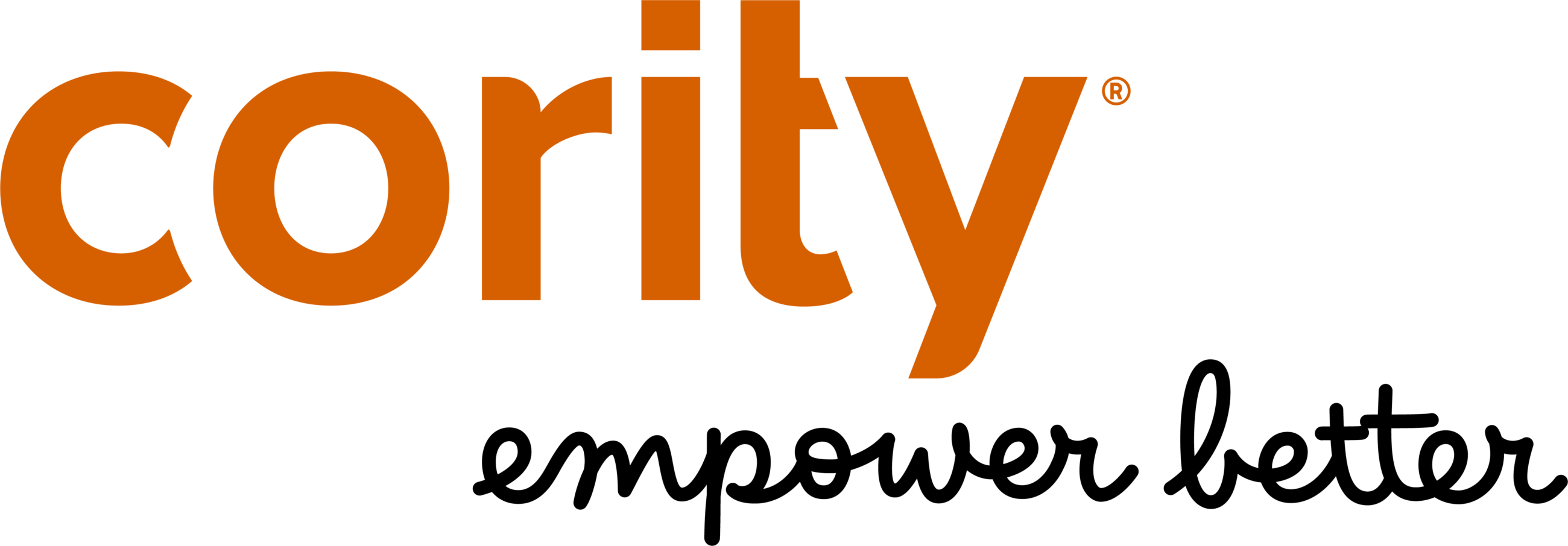Dirty EHS data is a common issue that poses reporting problems in and across a wide variety of organizations.
To illustrate: What do you do when your director asks for an immediate ad hoc report on all the near-misses at your Houston plant?
A) Confidently run a report, send it by email in a matter of minutes and feel secure in the data you’re sending?
B) Quickly run a report, open Microsoft Excel, and hope there aren’t too many records so you can review the accuracy?
C) Panic, look at all the papers on your desk, and immediately go home ill or ask for an extension?
If you answered A, your organization has put in place excellent data hygiene processes. If you answered B or C…keep reading.
What is Data Hygiene?
Data hygiene refers to, “the collective processes conducted to ensure the cleanliness of data. Data is considered clean if it is relatively error-free”.
Companies can clean their EHS data through manual processes and/or leveraging technology solutions. The most common areas for data inaccuracy are in fields that require human input. For example, imagine how much simpler reporting would be with consistent formats for job titles? How would that improve reporting?
In the example above, a single drop down would eliminate hours of manual data scrubbing.
Data hygiene is used to instill confidence in the data being collected and the decisions that are derived from this information. According to the Harvard Business Review, if you answered A, your company is part of only 3% of companies whose data meets basic quality standards. If you answered C, it’s time to source a technology solution to automate workflows.
More than likely, your answer is B, and your organization’s performance is at the mercy of dirty data.
What is Dirty Data?
Dirty data refers to data that contains one or more of the following errors: it’s inconsistently recorded, incomplete, contains duplicate records, or late. Dirty data can compromise your business strategy, translate to missed opportunities, impact your company’s reputation, and increase your compliance risks. Moreover, the costs of dirty data don’t stop either – they amplify and escalate as data is used across the organization. It’s further compounded as the volume of data being collected multiplies with those being generated by wearables, IoT devices, and more. Decisions based on dirty data can impact the ability to fund and secure additional resourcing for environmental, health, and safety monitoring programs.
“Rather than launch a massive effort to clean up existing bad data, companies should focus on improving the way new data is created [thereby] identifying and eliminating the root causes of error”.
How to Clean-Up EHS Data
There are several ways to improve data quality. Here are some your company can implement immediately:
1. Completeness: Ensure data records have all their required fields completed before submitting them. Identify what matters to everyone, ensure they fill out mandatory fields, and remove useless (or nice to have) inputs. To make things easier, lay out forms in the order someone would expect to complete them. Use mouse-overs and guided text to assist users in completing them.
2. Conformity and Consistency of Forms: Just think of how many ways you can write your phone number down! Use a drop-down list or technology and on-screen text to describe how data should be entered. Drop-down lists trump free-form text fields where applicable.
3. Audit Your Inputs: Standard operating procedures include investigating duplicate entries and looking for patterns into record type and record creator. Set up reports and pin them to dashboards (for example, all new patients that have been created today) to complete a 24-hour review of records and correct duplicate or incomplete entries immediately.
4. Leverage Technology: EHS vendors can provide technology to assist in the overall trust-worthiness of reporting and EHS record management. Therefore, look for a vendor with a Data Quality Scoring tool to assist in monitoring and managing record timeliness and completeness.
As your organization taps into the wealth of information contained within it, understand that data quality is a universal problem across all departments and organizations. Therefore, ensuring the information you have is of the highest quality possible sets your organization up for success.
Download our guide to learn the difference between ‘doing’ quality and leveraging quality as a strategic advantage for sustained growth.











